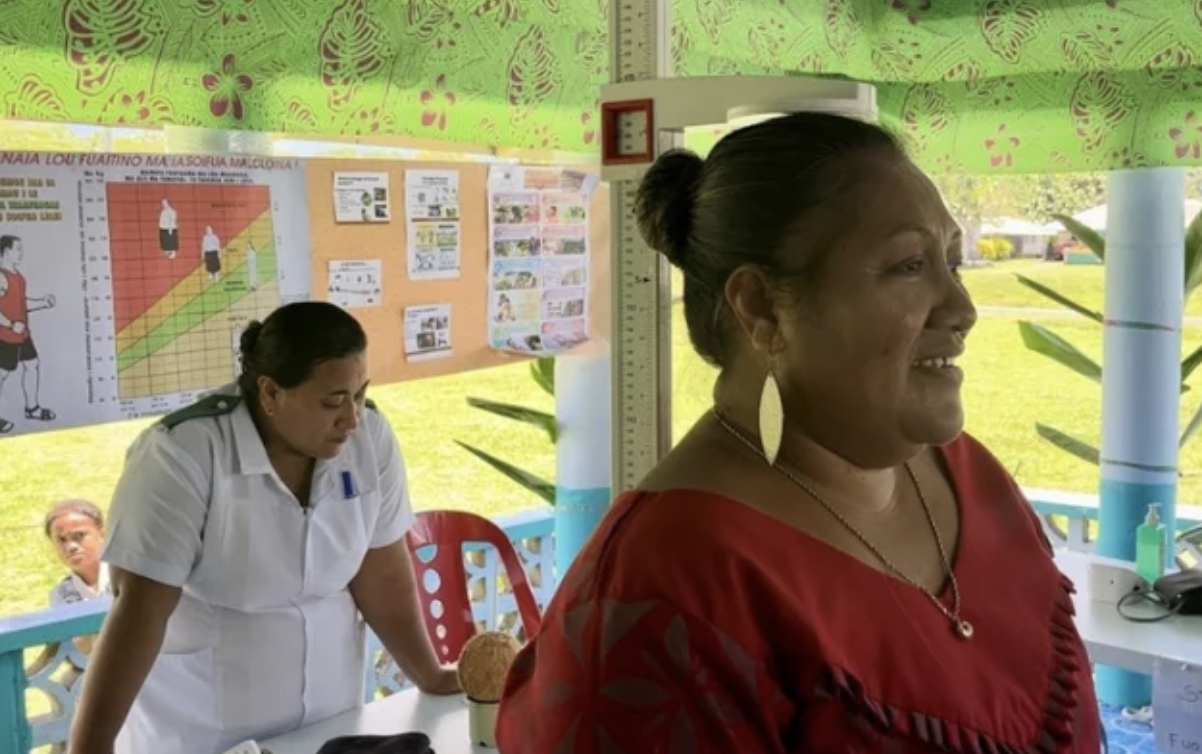Samoa is a low-middle income island country in the South Pacific Ocean with a population of around 215,000 people in 2020. Health status overall has improved for Samoans over the past decades. Samoa’s life expectancy increased from 65 years in 1990 to 70.5 years in 2019.
Increase in public spending on health still relies on external funding
Samoa has seen an overall increase in health financing over the past decade, driven by increases in public spending on health. Samoa currently spends 5% of its GDP on health. Government spending on health makes up 72%, out-of-pocket spending, 11%, and external funding, 15% of current health expenditure.
Samoa faces a dual disease burden
Despite positive health indicators, Samoa is facing a double burden of disease with rising noncommunicable diseases (NCDs) while still dealing with high rates of ill health and death caused by infectious and parasitic diseases. The escalating costs associated with treating NCDs is an additional burden on the health system and society more broadly.
The government’s Health Sector Strategy recognizes NCDs
The main bottleneck in the provision of universal health coverage in Samoa is a limited health workforce that is unevenly distributed, with doctors concentrated in the two main hospitals. Samoa’s current service delivery system is heavily hospital-centric and bypasses primary health care. These conditions lead to overcrowding in the main hospitals. Moreover, systematic NCD disease management in the country is lacking.

